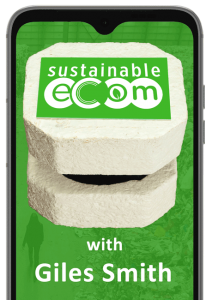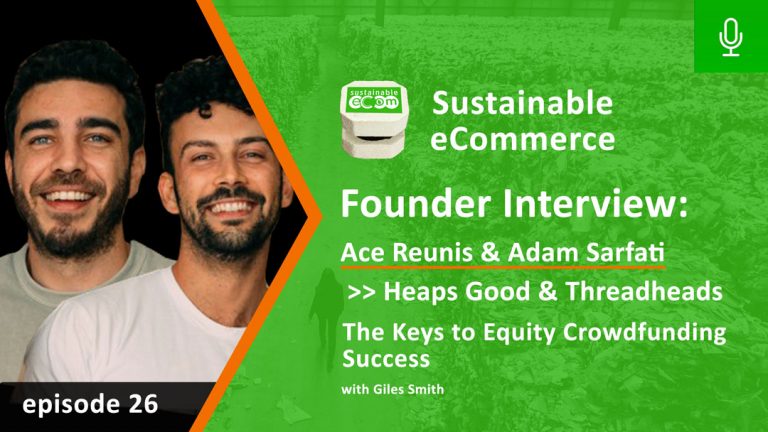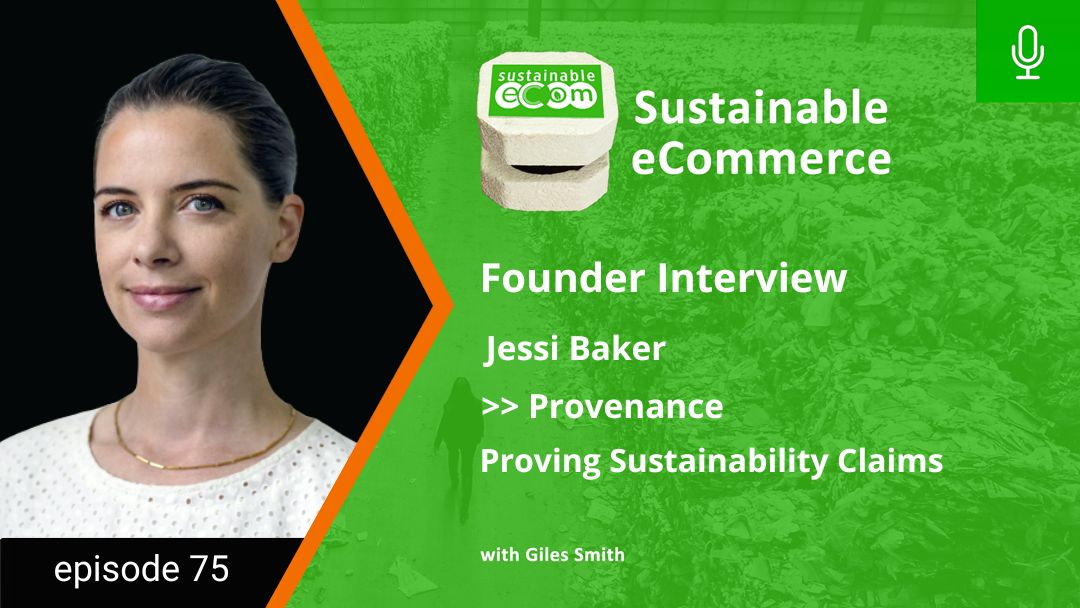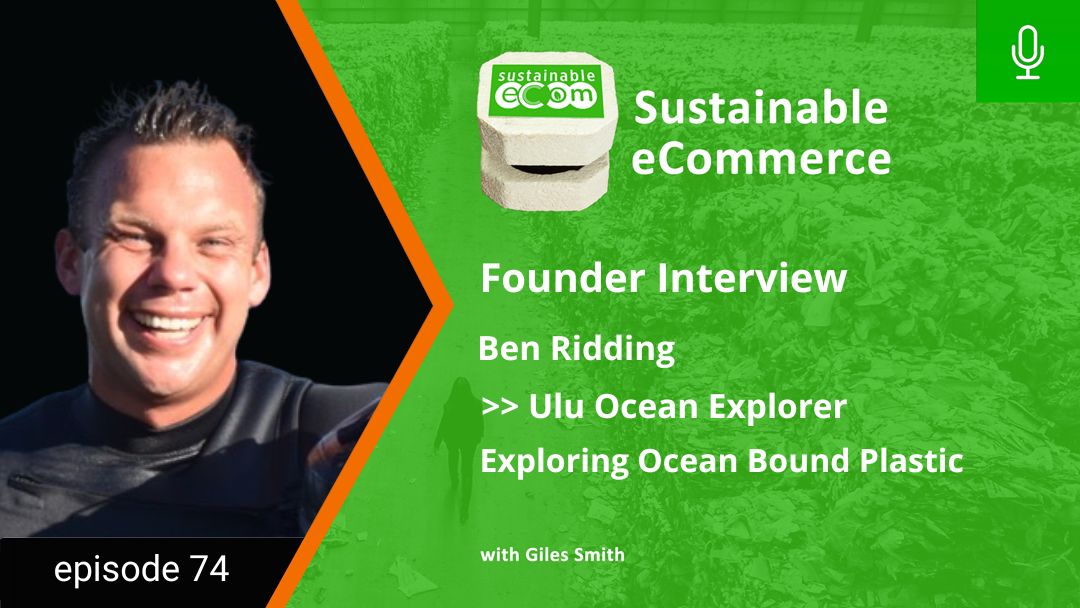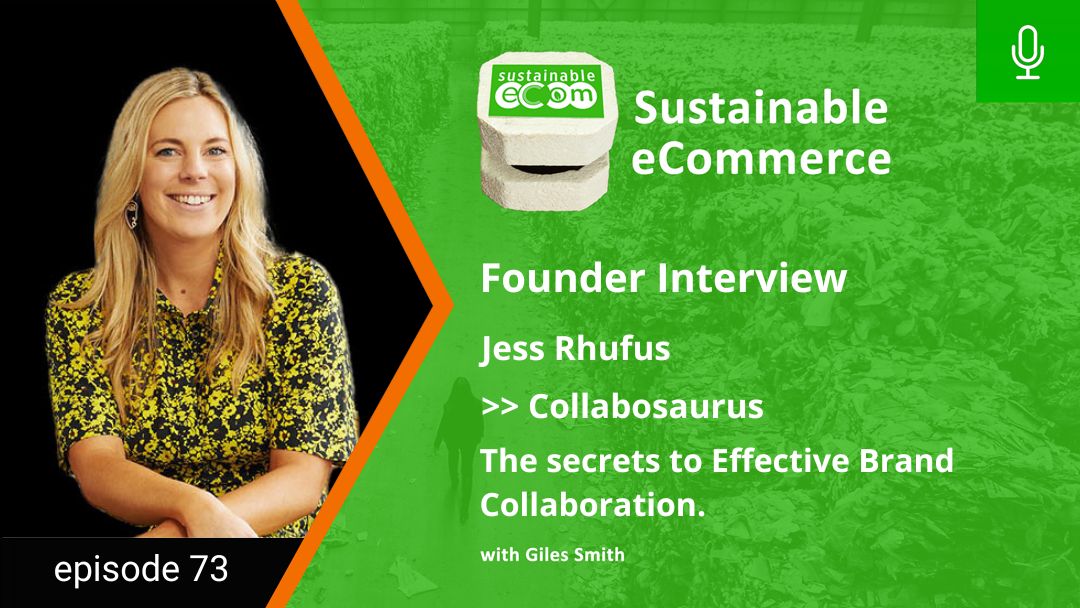Welcome to Episode 26 of the Sustainable Ecommerce Podcast!
This week we're focusing on Equity Crowdfunding Success!
I have a kind of double treat for you, not just because my guests Adam Sarfati and Ave Reunis are Co-Founders of sustainable brand, but because they’ve started up 2 sustainable brands – Threadheads and Heaps Good Packaging.
On the one hand, we’ve good Heaps Good, a sustainable packaging company as they describe it, helps to put the eco in to ecommerce. It’s a business that’s build from the ground up to make a difference. And on the other hand, we’ve got Threadheads, a 2020s phenomenon in pop-culture apparel, making conscious choices across their business to run things sustainably.
Now if that wasn’t enough fodder for the show, the reason I asked them to join me was that collectively they’ve completed not 1 but two equity crowdfunding campaigns in 2022, and I simply couldn’t think of more experienced people to ask for top tips on ways to use that channel to raise capital for your eco-friendly brand.
We ended up chatting about all sorts of stuff, because they couldn’t help themselves but dangle enticing tid bits of information as we were chatting, so there is literally gold all the way through this!
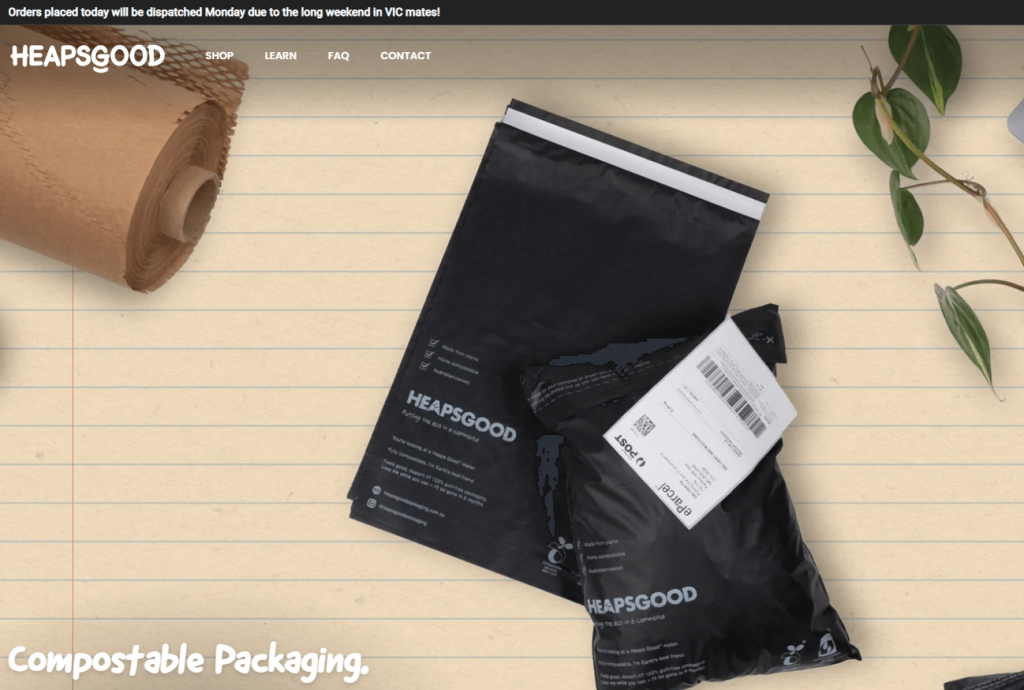
Giles Smith: Adam and Ace, welcome to the show.
Adam Sarfati: Hey, thanks for having us on.
Ace Reunis: Interestingly enough, it was actually through Adam. We have a mutual friend named Marcus that he worked together with at our dad's company Zazz many years back. Adam told me that he was looking to a graphic t-shirt eCommerce business. I was into digital marketing at that time. I was living overseas, I was on my way back to Melbourne. I met up with Marcus. And we started working on what would eventually become Threadheads in mid 2018.
The first couple of years were pretty slow. It was a grind, as all fledgling eCommerce businesses are, you're wearing many different hats. You're involving yourself in all aspects of the business, whether it's operations, marketing, finance, production. Luckily the popular culture and the graphic t-shirt industry just proved to be synergistic, and we went from strength to strength and started. We exploded in 2020, we did $4 million in revenue and then 2021, we did 13 million in revenue.
So yeah, it's been a rollercoaster!
Giles Smith: What do you think has been the catalyst for that literally hockey stick of growth that you've had in the last couple of years?
Ace Reunis: I think if you're doing the right stuff at the time the pandemic hit, then it really gave you this surge of momentum that we sort of carried on. So we're fortunate in that, but I think like the main thing would be from a perspective of leaning into the future. Thinking about how consumers are choosing to shop and what sort of channels you would use to reach them?
In both brands we reach customers though similar channels. In some ways they both appear like direct to consumer brands. That's how we built them. And that's where a lot of our expertise lies.
Giles Smith: That's very interesting. I hadn't really thought of it that way. How did you jump from Threadheads to Heaps Good Packaging?
Ace Reunis: At the time I was looking for compostable packaging, and Adam is a bit of a product guru he's constantly looking for products and thinking about products.
And he actually called me up and was like, “hey, I'm looking at these mailers, you know, there's not much out there”. So we started researching the product, thinking about, you know, whether we thought there'd be product market fit, whether Australia was ready for, compostable packaging and that's where it started.

Giles Smith: Adam, what prompted you to start thinking about sustainable packaging?
Adam Sarfati: I cut my teeth at e-com in the early days at Zazz, which was our father's company. I’ve always been interested in sustainability. And I think for me, if I was gonna start another business or create a business, it always had to have some sort of tangible benefit to the planet in that way.
Otherwise, I didn't really see the need or the excitement for it. So I think that was really sort of part of it. And I was just looking for product. Which is something I sort of just do or look out there about what's available and what's going on in the market.
I don't think we had the expectation that we were going to have 16 products in our store, which is where we're at now after two years. I think early on we came out with one product and sort of had the idea that maybe we would be a one product store, which changed pretty rapidly with the needs of the public and what they were demanding.
Ace Reunis: I think that’s often the case, you just do things and then you figure it out as you go along and you get other ideas.
Giles Smith: The purpose of every business is to serve a customer and if the customer needs other things, then, then it's your job to try and provide those.
Let's just go back though, you started to open the door to that interesting discussion around B2B versus B2C and what Heaps Good really is. Tell me a little bit more about that.
Adam Sarfati: It's an interesting one. I think it’s a mix of both.
Ace Reunis: It probably comes down to where you think your audience resides. And I mean, in most cases, even if you are operating eCommerce business, you're still on Facebook, Instagram, increasingly TikTok and Pinterest, and some other channels. You're probably researching about how to grow your business on YouTube.
So it's a great touch point. And so I think, you know, if you are searching for a specific, solution to a problem, you have your eCommerce business say, you need more sustainable packaging. You're going to Google that. And we're just putting ourselves where customers are looking for things or where they're learning about things.
They are similar in where we find them but their needs are different. And the tone of voice is different. Threadheads is quirky, silly. Heaps Good is still quirky. Adam's tried to really inject that into our brand voice, but at the same time, we are solving real problems. And so you'll have more long form copy.
Adam Sarfati: And maybe slightly more technical products so that explanations are needed too,
Giles Smith: I like the way that you are using very approachable language, it's a very friendly interface.
Adam Sarfati: It's very important. Packaging is inherently not sexy. So I think for us, it was important to make packaging exciting and sustainability exciting as well. You want to have a good experience and I'm glad that comes across. So how long exactly has heaps good been going?
Adam Sarfati: Just over two years now
Giles Smith: Congratulations on the success in that time! Has customer demand shifted in that time? Are people asking for different things now than they were two years ago?
Adam Sarfati: Yeah, definitely. And I think that's part of our evolution of the range of products that we do offer on site. In the early days there wasn't necessarily such demand for sustainable packaging. But the demand has been consumer driven, so we’ve been very lucky in that.
Giles Smith: Heaps Good is essentially purpose-driven, so sustainability is by essence built into everything that you are doing. And then you've got Threadheads, an entirely different consumer brand that is looking to do better in all the dimensions.
Tell us about that journey and, and the other things that you've done in the sustainability space with Threadheads.
Ace Reunis: Yeah not all brands have sustainability at the core of their value proposition. For Threadheads, the biggest piece around sustainability is the idea that fast fashion isn't the right way to do things.
This intense seasonality where you have changeover of merchandise based on demands that you've created month on month. With thread heads, it's the complete opposite. It's slow fashion.
We only produce what we need to satisfy the customers. And also, these garments are made to last. So the idea that we went for a slightly more premium T-shirt, hoodie, etc, that would last a lot longer.
We’ve tried to eliminate single use plastics across our supply chain, with what we send out and how our suppliers send stuff to us.
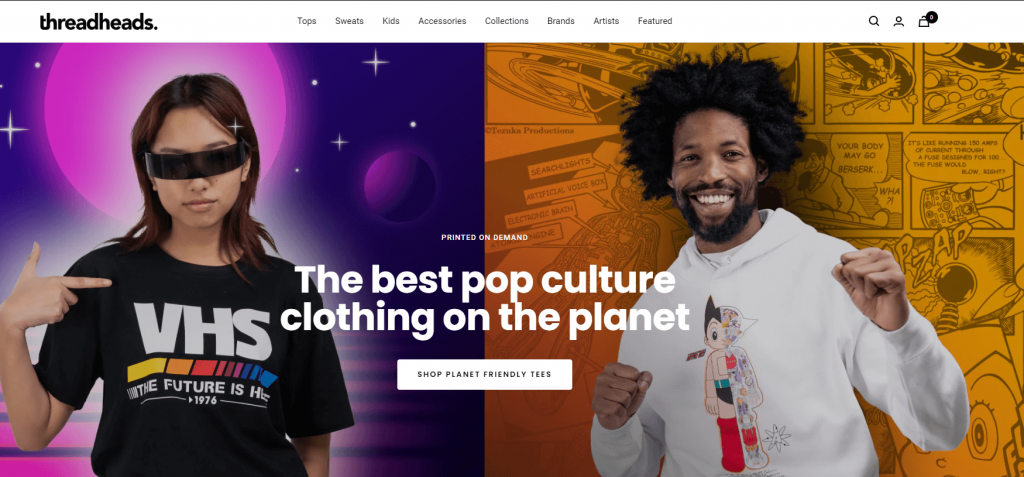
Giles Smith: I like the deliberate nature which you describe all those things. Have you got more things mapped out to keep doing?
Ace Reunis: At the moment, we're just talking to the owner of our building about solar panels on the roof. We have an energy-intensive operation. And so, we would love to power it all through, solar.
We're looking at increasing our commitment to carbon offset shipping. So I think that's a big one. I think the, the transportation of goods is huge. And then also working on localizing our production centers so the goods have to travel less. Just those small pieces that add up, you know?
Giles Smith: Certainly when you get to your sort of volume, they really do add up very, very quickly.
You talked about quality there for a minute and obviously quality is essential to sustainability as well. But the way I always measure quality is through other people's opinions. I always measure it through reviews because when you're buying something online, you can't really tell whether it's going to be good. You obviously have placed quite a considerable focus on gathering social proof & reviews. Can you tell us a little bit about your approach to that?
Adam Sarfati: We started with Judge Me in the beginning. Our emails were very personal and in the quirky way we write. Now we use Okendo.
Customer service is really, really, important for us. We stand behind our products. It's super important to us that our customers have a fantastic experience and we go above and beyond to make sure of that.
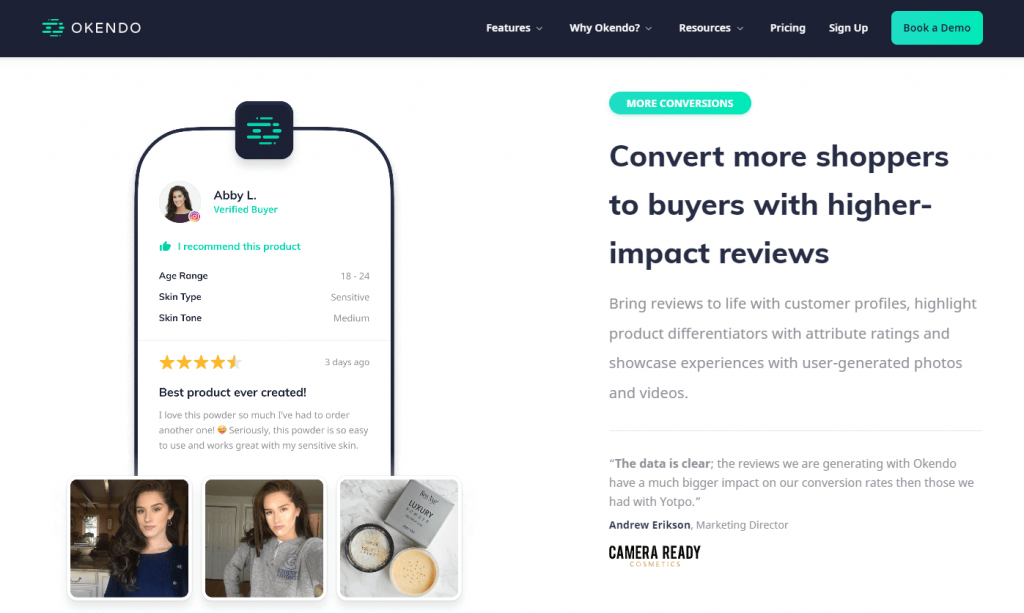
Giles Smith: A typical review rate is about 5% of sales. Is that what you get experience?
Ace Reunis: In that ballpark. We do things like coupon codes to reward people who review, we are trying to get more image and video content. So more user generated content. And Okendo is a good vehicle for that. As Adam touched on, also pushing those reviews to Google ratings, which is what you seen in the search ads, the text based ads, and then also Google shopping. With both businesses we are zealous on providing an exceptional customer experience.
Giles Smith: Having a great product's really important as well, you cannot get good reviews if you've got a crap product, it's as simple as that.
You've recently gone through a round of equity fundraising from your customers. When do you think is a good time to jump into the crowdfunding space?
Adam Sarfati: It's an interesting question. It's one that we tossed up, probably for the last year and a half. We went into it with some really nice numbers and some real growth. So I think it's definitely important to do that.
Giles Smith: Ultimately, it's an investment decision, isn't it? Even if it's a relatively small investment from a consumer point of view, numbers tell the story of whether that's going to be a compelling investment or not at the end of the day. So you've got to show some momentum.
Ace Reunis: I think it can work for early stage companies as well. If you’re going in as an early stage company, you’ll have to give up more of your business because you'll have a low evaluation.
Giles Smith: So how did you prepare for launch day? What does that process look like?
Adam Sarfati: It's arduous! It took us a lot longer than we we'd wanted. I think we started playing six to seven months before we actually did it.
You start off scripting your offer document. Then you've got the video process, which was new to us and took a couple of weeks to actually. It was a great way to raise capital and we would definitely look at it again in the future, but also very happy also to get back to business. Because it is a distraction from running your day to day business, unfortunately.
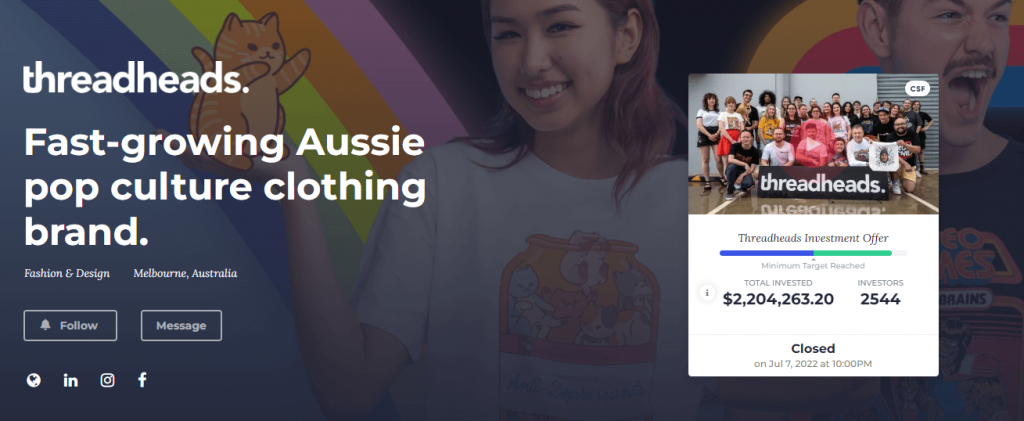
Ace Reunis: There are similarities to running our actual business, the main one being you're running a digital marketing program. How do you actually reach all of these potential investors, these prospects? You have your list and other media that you can reach them through. That’s one of the reasons why this method is so great for digital and ecommerce businesses, because they have an audience and are used to using the internet to find people.
Adam Sarfati: The main difference I think is that you do spend a lot of time on the phones because one of the processes that's involved with Birchal is that you do get to speak to everybody who wants to talk to you.
Ace Reunis: You have a three week period at the start for the expression of interest phase, which is a list building exercise is to see how many people are actually interested in your offer. You know, you don't have all of the final details locked in yet about what your valuations going to be or how much you are going to raise.
So you first build up that list. You keep nurturing the list. Then when you get to the launch day, the first day is the most important by far, where you have that excitement around the opportunity. Then it will pick up just at the end cause there's that urgency factor as the countdown time is going down. It's the last chance people will have to invest. So it's really that process, you have three weeks of EOI and then you have that two to three weeks of offer period being live unless you sell out your offer.
So that's where it's really important to set your minimum or maximum target. You want it to be in a range that makes sense based on how many expression of interest you have.
Giles Smith: Do you have a sense of how much interest or actual investment you guys generated through your own marketing activity, vs what Birchal brought you through their network?
Ace Reunis: I think it'd be close to 90% was us. Like, if you are not prepared to market it, you wouldn't want to go on Birchal.
Adam Sarfati: Correct, but it also has to be about your customer base. And I think that’s what's exciting for us also being a purpose led business.
Giles Smith: What sort of ratio did you get of EOI to actual investments in the end?
Ace Reunis: For Heaps Good maybe one in three, and for Threadheads maybe one in four. It depends how you acquire those. If you get them through Facebook, the leads aren’t the same quality as if you get them through email from your customers.
Giles Smith: Yeah. Very interesting insight. So thank you for that. So it really does pay off to work through and to keep that marketing pumping. Sure. And the engagement pumping after the UI process is closed because you you've still got all that hard work do to convert people. Yeah. You still
What’s next for Heaps Good?
Adam Sarfati: We've just hired a bunch of staff, which is really exciting. Our in-house marketing team is just going to take us to the next level. We've secured new warehouse with lots more space. We’re also looking to add a lot of new products and expand into different areas that we're potentially not in at the moment.
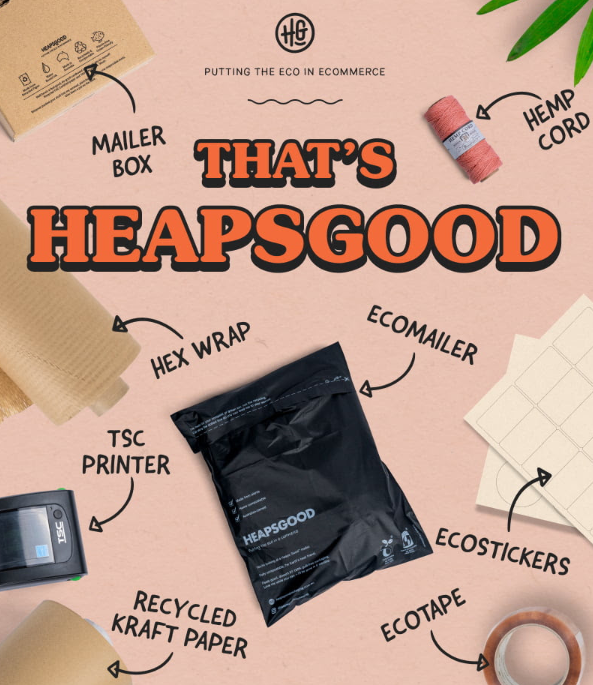
Ace Reunis: For Threadheads, obviously we're a bit more internationalized at the moment. Our second biggest market is Europe. We’re diversifying our product line, moving into socks & accessories. We've working with a lot of different brands under licensing.
Giles Smith: What's the big learning you’ve taken out of restructuring your team?
Ace Reunis: So content is critical. Make sure you have people who can take photos, shoot video and then deploy those assets across different channels.
Adam Sarfati: And having a system around the team, like ClickUp or Asana. And don’t use email internally!
Giles Smith: Thanks so much for your time today!
Adam Sarfati: Thank you for having us!
Top 3 Takeouts
In regards Crowd Equity, get early investors in board from your email list to get proof – then follow up with paid media once there’s traction.
And – even though you’re using an equity platform like Birchal to manage the process, do realise that you’re going to need to do most of the marketing and engagement to raise awareness both for the EOI as well converting those people into stakeholders.
I think it was particularly interesting that you should expect between 25-30% conversion from EOI list to actual paid up investors.
Some great observations from Ace on what you need to do if you’re running your social media and paid media in-house. For it to turn into a customer acquisition engine room, you need Heaps of content, and that means that one way or another you need the capability to write copy, take photographs, make video and create appealing graphics, as well as the standard skills of running the posts, scheduling and using the ad management tools.
And honestly in my experience this is where most entrepreneurs go wrong when deciding to run the ads themselves. It really isn’t just about creating and ad and hoping it works. Creative is everything, now more so than ever.
So if you’re looking at cutting ties with an agency to save on management fees, consider whether you have sufficient capacity in house to be a content machine, and if you don’t, maybe take a fresh look at the cost effectiveness of that before you pull any triggers.
I also love the way Adam talked about making Sustainability approachable, friendly and even dare I say it fun and exciting. The impact of what your brand is doing can easily come across and dull and corporate, but the most engaged brands I’ve seen take a light-hearted approach to the impact they’re having and they take the liberty to have a little fun with it. I know I for one much prefer to receive updates from brands that make me smile or laugh.
And I’m sorry but for a second week in a row I have to add a fourth item! Both brands maintain a heavy focus on getting reviews & social proof – but the important point is that the bedrock for their very successful review program is level of service.
They are fanatical about making sure the service the brands provide delivers an outstanding experience, and Adam recognised that the more complex your product, the higher the service level needs to be.
If you’re selling a bar of soap, maybe just a nice email is cool. If you’re selling a circular personal care product, you probably need to think about adding some layers of support, perhaps a welcome call to explain the process. That kind of attention is memorable, appreciated and I think a necessary part of helping your customer do better for the planet too!
So I hope you enjoyed today’s chat with Adam Sarfati and Ace Reunis.
If you’re in the market for sustainable packaging, you can check them out at https://heapsgoodpackaging.com.au/
If pop culture T shirts and apparel is your vibe, check out https://threadheads.com.au
I’ll be back with you again next week with another inspiring founder interview from the world of sustainable ecommerce, so until then, keep building your brand for a healthier planet!





